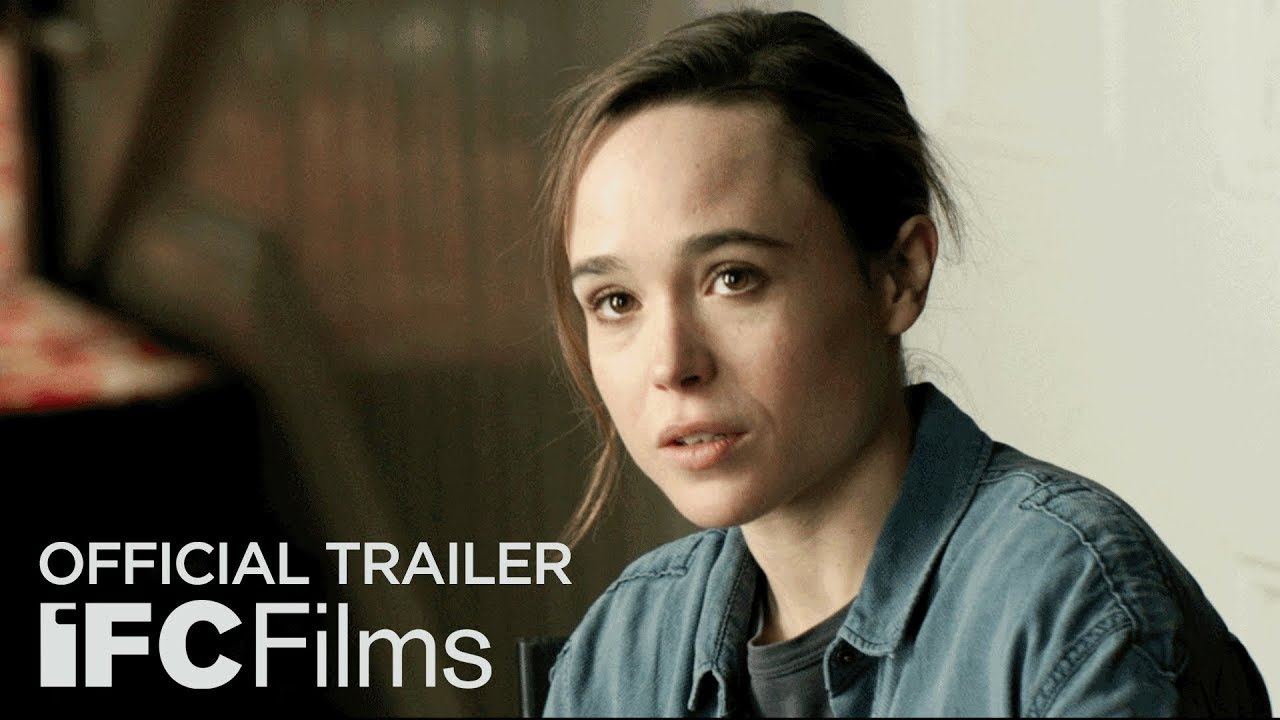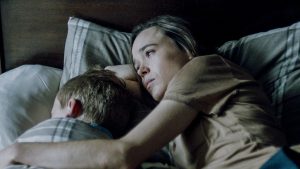The Cured (2017)

The Cured (2017), written and directed by David Freyne, is a unique and thought-provoking film that blends elements of psychological horror, drama, and societal commentary. This film, which marks Freyne’s directorial debut, is set in a post-apocalyptic world where a virus has turned humans into zombie-like creatures. But rather than focusing solely on the typical tropes of the genre, The Cured explores what happens when a cure is discovered, and the infected individuals are returned to society. Featuring a talented cast including Elliot Page, Sam Keeley, and Tom Vaughan-Lawlor, the film delves deep into issues of guilt, societal reintegration, and the moral complexities of rehabilitation.
The story of The Cured takes place in the aftermath of a global pandemic caused by a virus that has turned the infected into violent, zombie-like creatures. The disease has spread rapidly, leaving entire communities devastated. However, a breakthrough cure is discovered, allowing those who had been infected by the virus to be “cured” and return to their previous human states. But while the physical effects of the virus are reversed, the psychological scars remain.
The central character of the story is Senan (played by Sam Keeley), a man who was once infected but is now part of the first group of “cured” individuals. As he returns to his family and tries to reintegrate into society, he faces tremendous challenges. His loved ones are fearful of him, the public is hesitant to accept him back, and he struggles with the horrific memories of the violence he committed while infected. Senan’s attempts to rebuild his life are complicated when he forms a bond with another cured individual, Conor (played by Tom Vaughan-Lawlor), who seems to have a darker side. Meanwhile, the world around them is grappling with its own ethical and moral dilemmas about how to treat those who were once monsters but are now seen as human again.
At the core of The Cured is the exploration of guilt, redemption, and the possibility of forgiveness. The film examines how individuals can come to terms with their actions, especially when they have committed atrocities while under the influence of something beyond their control. For Senan, this is a deeply personal journey. He was once infected by the virus and, like others, became a monster—attacking and killing without any sense of moral responsibility. However, now that he is cured, he is left with the haunting memories of the violence he participated in, and the guilt that comes with it. His struggle to forgive himself and find redemption is one of the most poignant elements of the film.
The film does not offer easy answers when it comes to forgiveness and redemption. While Senan attempts to reclaim his humanity and rebuild his relationships, there are still consequences for his actions during his time as a “zombie.” The film raises important questions about the nature of culpability—can someone truly be forgiven for something they did while not in full control of their actions? How does society deal with people who have committed terrible acts but have since changed? These questions are central to The Cured’s narrative and provide the emotional depth that drives the film forward.
One of the most compelling aspects of The Cured is its examination of social exclusion and the fear of the “other.” Even though the cured individuals are no longer infected, they are still treated as outsiders by the broader society. This reflects a deep-seated fear of those who are different, and it mirrors how marginalized communities are often ostracized in real life. The cured individuals are not only rejected by society but are also viewed with suspicion and hostility, even though they are now completely human again. The film explores how society can be slow to forgive or accept those who have been outcasts, even when they have undergone a process of healing.
Senan’s reintegration into society is marked by tension and unease. His family is afraid of him, his neighbors are distrustful, and even the government has created a system that controls and monitors the cured population. This social alienation highlights the difficulties that many individuals face when trying to reintegrate into society after experiencing trauma or committing crimes. The Cured raises uncomfortable questions about how we treat people who have made mistakes or acted in ways that go against societal norms. Can someone ever truly return to “normal,” or are they forever marked by their past actions, regardless of their efforts to change?
While The Cured contains elements of horror—particularly through its depiction of the cured individuals struggling with their violent pasts—the film is far more of a psychological drama than a traditional horror movie. The tension in the film arises not from jump scares or monstrous creatures but from the internal conflicts of the characters, the emotional and psychological trauma they experience, and the strained relationships that develop as a result of their actions during their time as infected individuals.
Elliot Page’s character, Abbie, plays a crucial role in the narrative, as she is Senan’s sister-in-law, and she must navigate the complex emotions of love, fear, and forgiveness. While Senan seeks redemption, Abbie is forced to reconcile the fact that the person she once knew has done unspeakable things. Her performance adds layers of emotional complexity to the film, as she struggles with her love for Senan while also grappling with the darker side of what he has become.
The horror of The Cured is psychological in nature, exploring how the trauma of past actions can haunt individuals long after they have been physically cured. Senan’s struggle to come to terms with his own actions, combined with the collective societal fear of the cured, creates an atmosphere of dread and tension that keeps viewers on edge. The film’s subtle horror element comes from the realization that the monster within is not always something external—it can be something internal, something that cannot be easily escaped or cured.
David Freyne’s direction is restrained yet effective, building a slow-burn atmosphere that allows the psychological drama to unfold organically. The pacing of the film is deliberate, taking its time to explore the complex emotional and moral issues at the heart of the story. The cinematography, by Piers McGrail, often employs muted tones and close-up shots to capture the internal struggles of the characters, emphasizing their isolation and emotional turmoil. The use of wide shots also emphasizes the sense of a world that is slowly recovering from catastrophe, but is still deeply scarred.
The score, composed by Stephen McKeon, further enhances the film’s somber and reflective tone, with haunting melodies that underline the themes of regret, loss, and the fragility of human nature.
The Cured is a deeply compelling and original exploration of the horror genre, blending elements of psychological drama with societal and moral questions. It is a film that challenges the typical conventions of zombie or infection narratives by focusing not just on the horror of the infected but on the aftermath—what happens when the monsters are cured, and the survivors must live with the consequences of their actions. With strong performances from Elliot Page, Sam Keeley, and Tom Vaughan-Lawlor, and a thought-provoking script, The Cured is a film that lingers long after the credits roll, making audiences reflect on issues of forgiveness, reintegration, and the darkness that can reside within us all.














